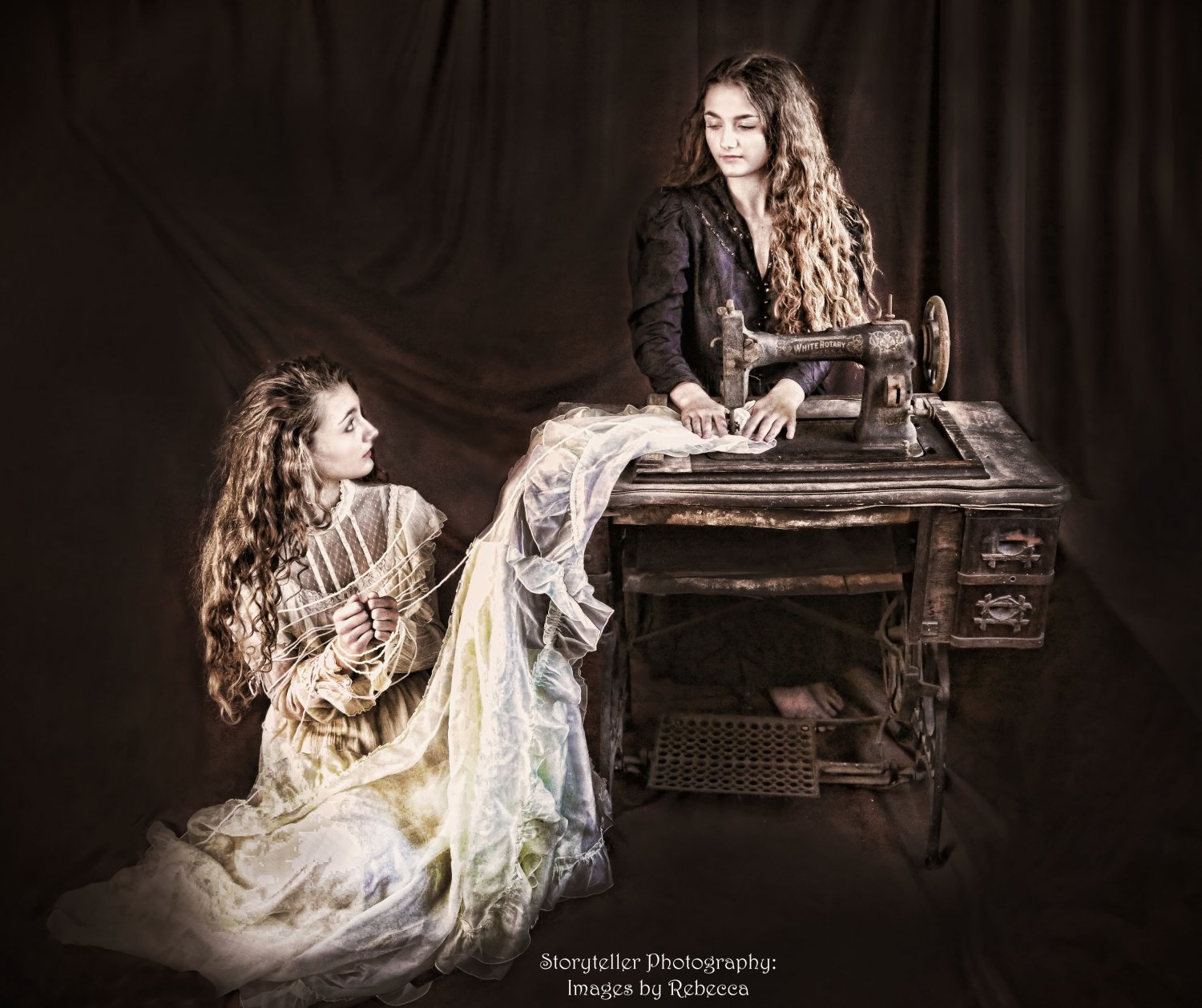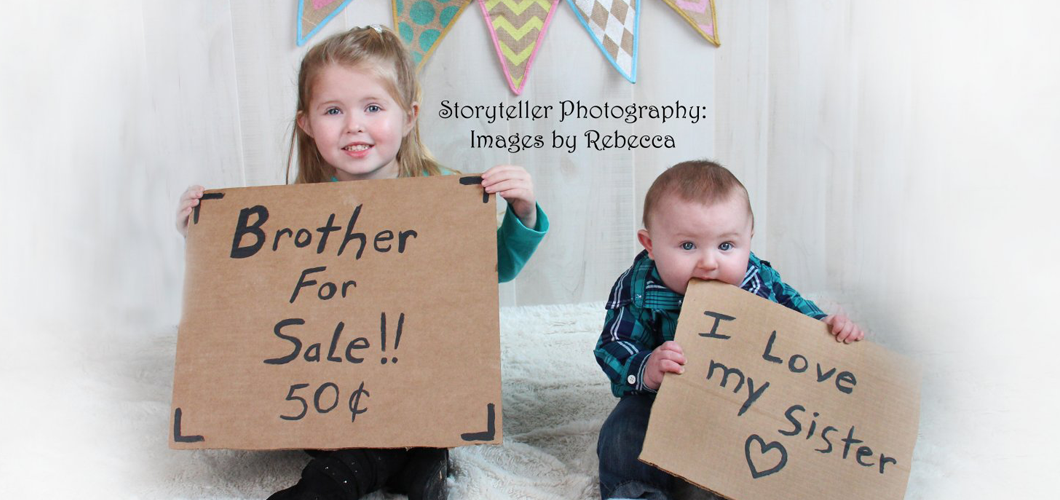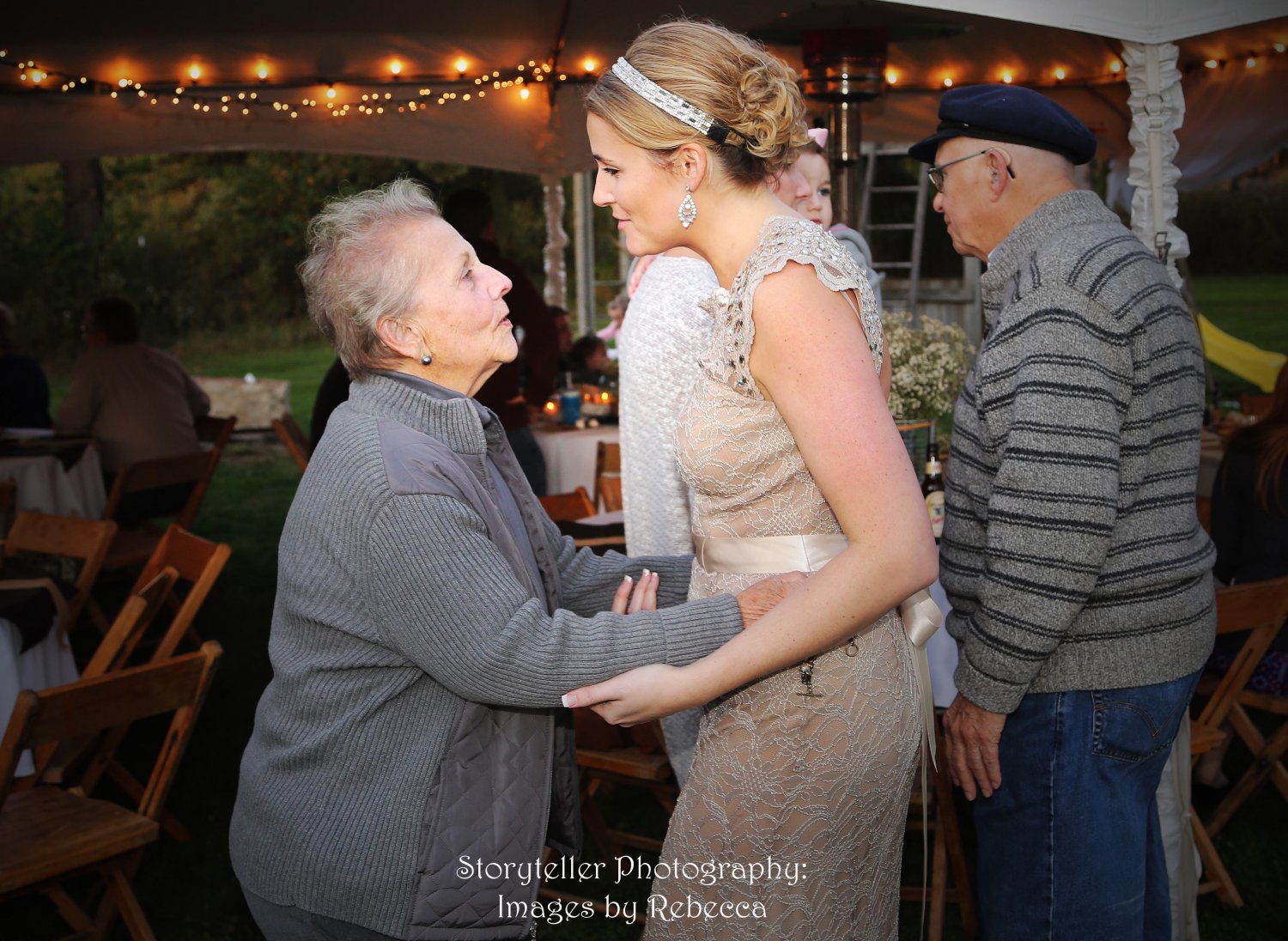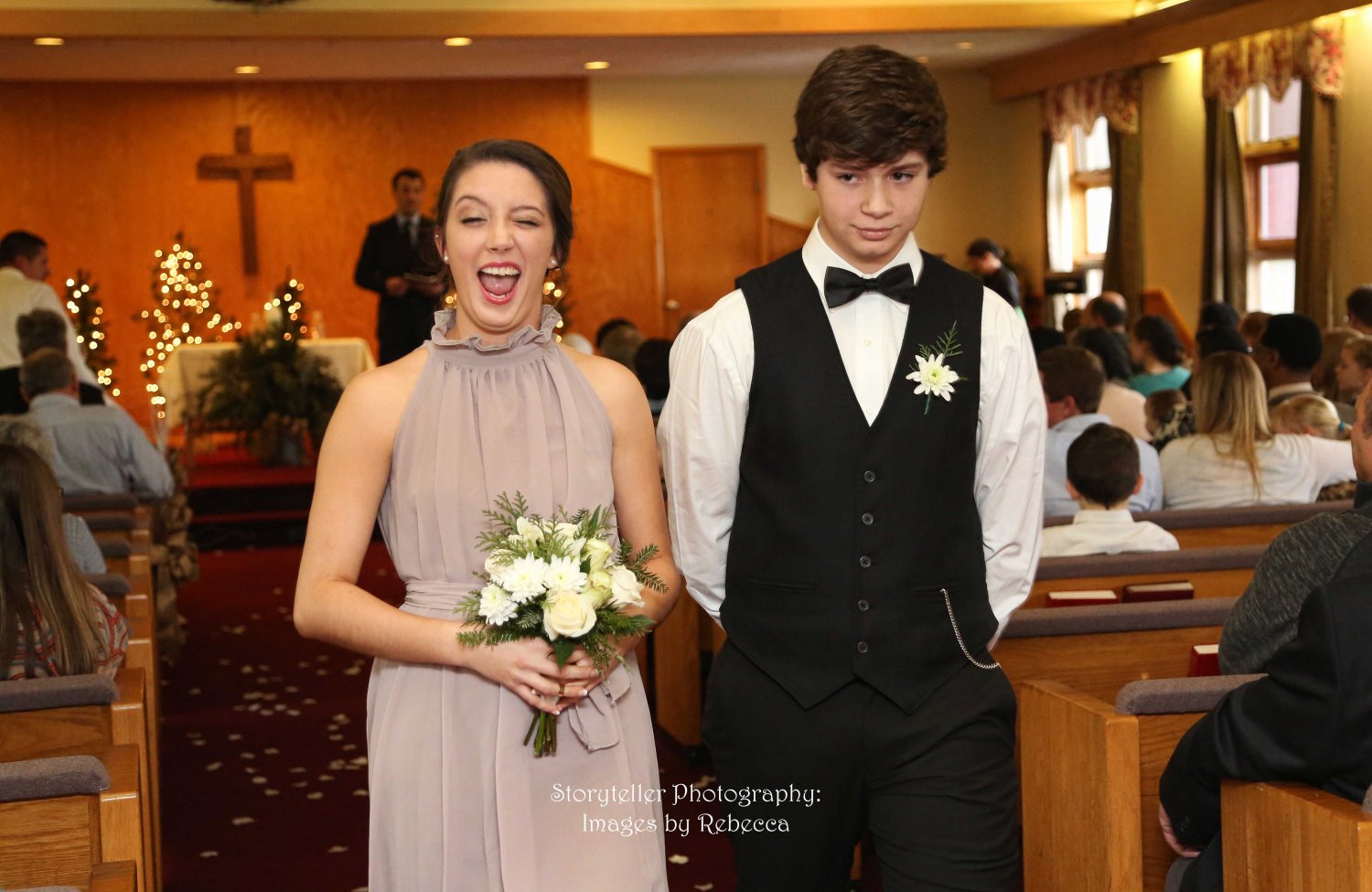You might not guess it when we first meet and I smile and chat easily with you, or when you find me with longtime friends, relaxed and jovial, swapping stories and exchanging witty banter.
And you might not guess it when I spill my innermost thoughts in a blog post, or when you learn that throughout my life I have selected career paths that require an outgoing personality.
But make no mistake, I am an introvert, and I am keenly aware of all the quirks and conundrums associated with introversion.
This is the story of how, with a little courage, I learned to become an extrovert in order to build a successful professional life (. . .or maybe just an extroverted introvert, if such a thing exists.) 🙂
(The photo below represents the struggles many of us experience within ourselves, the doubts and fears and negative self talk that try to hold us back. . .)
Question: What should a shy girl be when she grows up?
Answer: Probably not a reporter, or a teacher, or a photographer. Yet journalism, college teaching and portrait photography have been my chosen vocations during my life thus far.
All three demand large doses of extroversion.
Journalists ferret for info and interview strangers and write about them, which means (gasp!) on a daily basis one must strike up conversations with unfamiliar people and ask nosy, sometimes controversial, questions.
College writing instructors must stand in front of a room of 25-plus students several times a week and lecture. That’s 25 pairs of eyes staring at you, 25 brains thinking unspoken thoughts about you, critiquing your shirt or your shoes, or how you paused and said “um” one too many times.
Cringe.
It may not be as obvious, but being a photographer requires a fair amount of extroversion, too.
Photographers must take charge when small children become unruly, or when large groups need direction on how to pose.
When capturing a wedding, photographers must maneuver their way through crowded churches and venues, snapping pictures at key moments, trying to remain unobtrusive yet needing to plant themselves right where the action is, and thus, where all eyes rest upon them.
Also, a good photographer must have the foresight and tenacity to seize the moments and snag the images as they unfold.
They must think on their feet and grab for the proverbial brass ring, for if they don’t act quickly and assertively, the moment (and the winning photo) will be lost forever.
Last but not least, a good photographer needs to know how to ease the anxiety of clients who feel awkward in front of the lens.
Many people feel this way—they sit down for a portrait and immediately adopt a strained facial expression or stiff, unnatural pose. Some of them even declare outright with mild contempt: “I hate having my picture taken!”
(Below are two very beautiful people who were not so sure they were beautiful on picture day.)
When I photograph someone who feels nervous in front of the camera, I want to let them in on a little secret: I often feel nervous, too! While you’re worrying about how you’re going to look in your pictures, I’m worrying if I am going to capture a quality image!
Thus, I can relate to the self conscious person who dislikes being photographed, or the shy college student who sits in the back corner of the classroom and says nothing, or the reticent interviewee who feels uncertain about having their name published in the newspaper.
On the outside I may appear confident and collected—and in a way, I have matured and grown enough as a person that I am confident and collected—but at my center there will always be that shy little girl who prefers to hide in her bedroom and read a book instead of facing the world.
The girl who wants to walk in the woods and commune with nature instead of making small talk at a party.
The girl who wants to live on a farm way out in the country with only animals for friends.

The hermit, the recluse, the lone tree in the open field—you get the idea.
Now that you know the truth, perhaps you are wondering how in the heck I manage to do my jobs. 🙂
The answer is simple: COURAGE.
But what exactly is courage? Am I saying I jump out of bed in the morning and roar like a lion at my fears? No, not at all—quite the opposite, actually.
Mark Twain once said, “Courage is resistance to fear, not absence of fear,” and he was exactly right. Although a person may feel afraid, it is what they do in reaction to their fear that determines their courage.
Thus, building courage is like building muscles at the gym. You may not feel like doing cardio or weight training, you may feel like lounging on the couch and eating an entire chocolate cake, but you go to the gym anyway. You go because you have a goal and you know that every time you practice what is necessary to achieve that goal, next time it will get easier and you’ll move further along on your pathway to success.
Baby steps. One at a time. Rome wasn’t built in a day.
Fact is, this former shy kid has been practicing at extroversion for a couple decades now, and I’m happy to report that it has gotten easier. In fact, my metaphorical “extrovert muscles” have developed nicely. Where there used to be flab, now there’s a rippling six pack. 😉
Things that used to rattle me have become much easier. For example, in my mid-twenties, when I was a budding journalist, the prospect of interviewing people for news stories worried me. Writing the story was never the problem—it was the talking to people and gathering information for the story that unnerved me. But with practice, I found that each time I faced my fear and went forward I learned something new and interviewing became easier. I also gained confidence that I had what it took to get the job done. Thus with each published article, my faith in myself grew, and I started to believe I could extract the necessary information to weave the words together across the page.
When I was hired as a full-time reporter at The Vindicator of Youngstown, Ohio, I was, quite frankly, excited but terrified. Human interest stories and heartfelt features were my specialty, but in addition to writing these types of stories, my editors wanted me to learn how to write hard news.
Gulp.
I used to cringe whenever my editor assigned a hard news story. I remember walking into work one Saturday morning and being told I would have to cover a murder that had occurred the night before. A local store owner had been shot and killed during a robbery, and I would have to telephone his family and try to get a statement from them.
As my editor informed me of my assignment, I felt my stomach flop and my knees turn to jelly. I wanted to reply, “Excuse me, sir, while I retreat to the privacy of the restroom and vomit my breakfast.”
I can laugh about my anxiety now, but at the time it was very stressful.
I am happy to report that I did find my courage that day, telephoned the family, and retrieved the necessary information. The very first thing I did when I called was offer condolences and apologize for having to bother them. They responded in kind, and the story ran on the front page of the newspaper the following day. I still keep a laminated copy in my portfolio.
This is just one small example where I found myself cringing inwardly, wanting to run and hide, but stepping forward and doing what needed done.
And that is what it means to have courage—facing something that scares you but doing it anyway. It does not matter, either, if that certain something that frightens you happens to be easy for someone else. Never compare yourself to others! What one person finds easy, another may find extremely difficult!
As a highly sensitive person, there are plenty of things in this world that cause me anxiety and make me cringe–things that wouldn’t faze others–but that doesn’t matter. Just like at the gym, everyone needs to set their own pace, and the most important thing is to grit your teeth and keep moving forward, inch by inch. Slow and steady wins the race.
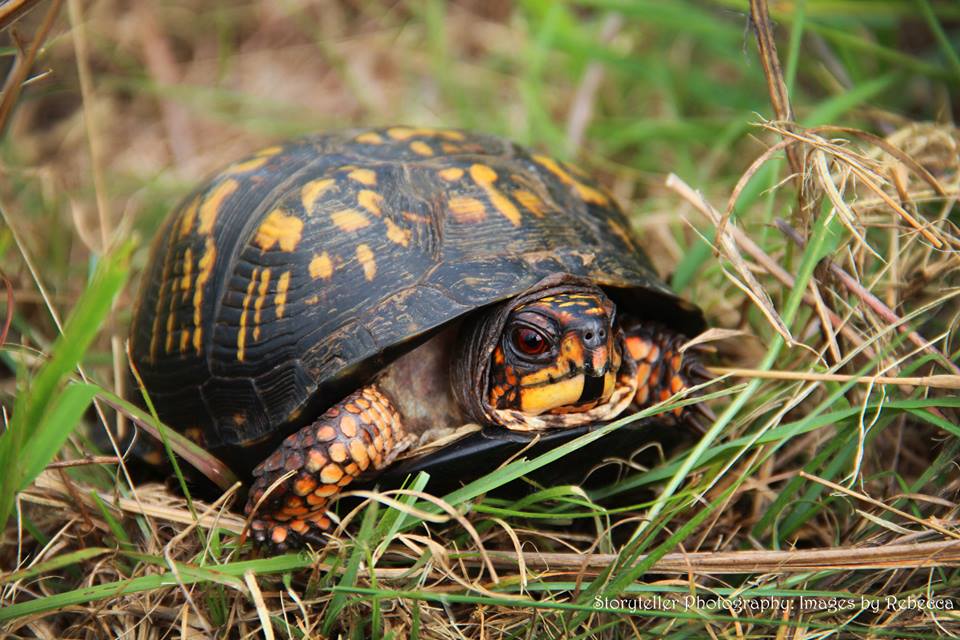
That’s the bright truth about this thing called courage–as with any habit, it gets easier to practice and easier to master. I no longer bat an eyelash at many of the things that used to rattle me. Interviewing people for news stories, for example, rarely unnerves me now. Standing in front of a room and delivering a lecture–that doesn’t bother me much either. Photographing a wedding–well, yeah, I sometimes still get the jitters, but with each success the confidence grows and the nerves subside a little more.
I also know much of my anxiety is often overblown and absurd, so I can laugh at it when it surfaces. Humor is a great coping mechanism for many things, including fear, and fear seems to be at the root of so many of our flaws and weaknesses as humans.
The late, great Maya Angelou said, “Courage is the most important of all the virtues, because without courage you can’t practice any other virtue consistently. You can practice any virtue erratically, but nothing consistently without courage.”
What a powerfully true statement!! The seven virtues are defined as: Faith, hope, charity, fortitude, justice, prudence and temperance.
If we reflect on these seven, we realize it does indeed take courage to practice them.
To have faith, one must believe in things unseen, which demands courage.
Hope also requires courage, for it means taking a positive view that good will prevail.
To actively help others in a charitable fashion, one must have courage to first help oneself.
To possess fortitude one must never give up, which takes persistence and yes, courage!
To practice prudence, one must be moderate and careful, which requires discipline, which ultimately requires courage.
Temperance is defined as moderation of needing things and abstinence from things which are not needed, which requires more discipline, which brings us right back to the same common denominator that dwells at the heart of all that is real, just and true—courage!!!
The choice is ours. Every day all of us encounter things that unnerve or frighten us, and every day we have the opportunity to face our fears or run and hide from them. The examples of fears I have listed here are mild in comparison to the troubles some people encounter, but I focused on my lifelong battle with shyness because I know very well what it means to be introverted and to squirm with discomfort when you are forced to be extroverted. I also know there are many others who fight the battle of shyness and still manage to carve a successful place for themselves in the professional world.
And really, what choice do we have? Hermits who live in the woods don’t typically develop successful careers or operate successful businesses. 😉
Don’t get me wrong–being an introvert doesn’t go away. Sometimes shyness wins and self doubt creeps in, but that’s OK as long as it is a momentary lapse and not a lifestyle. None of us walk a perfectly straight line toward our goals.
Author Mary Ann Radmacher said, “Courage doesn’t always roar. Sometimes courage is the little voice at the end of the day that says I’ll try again tomorrow.”
Amen to that. Keep practicing, keep trying, never give up. Have courage!

